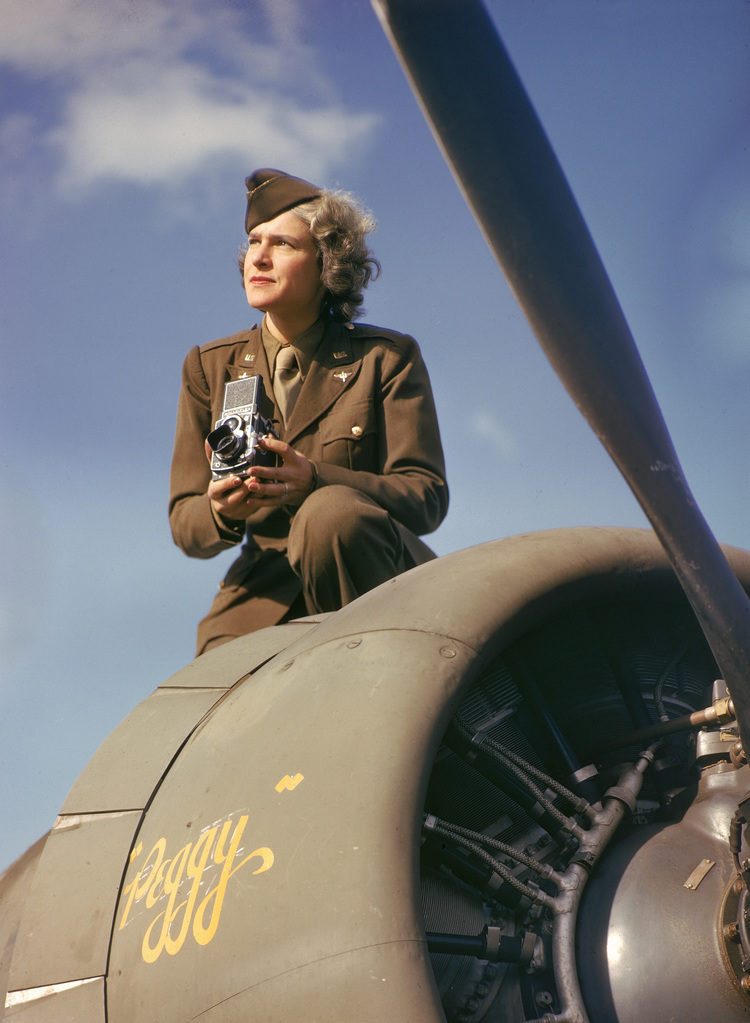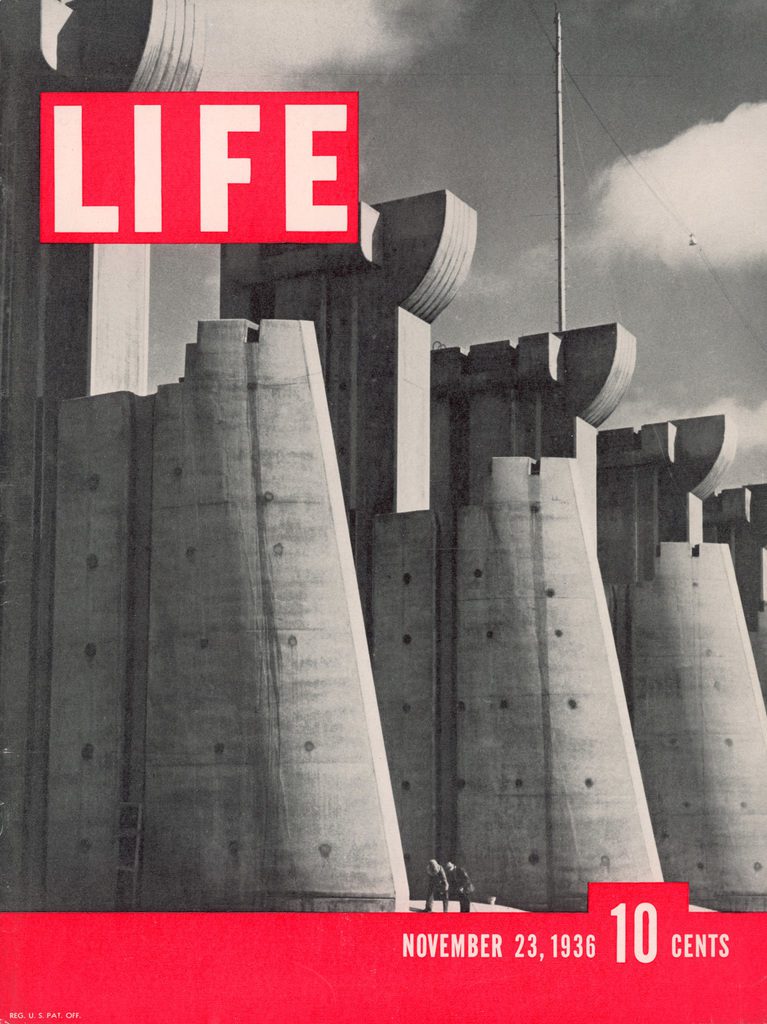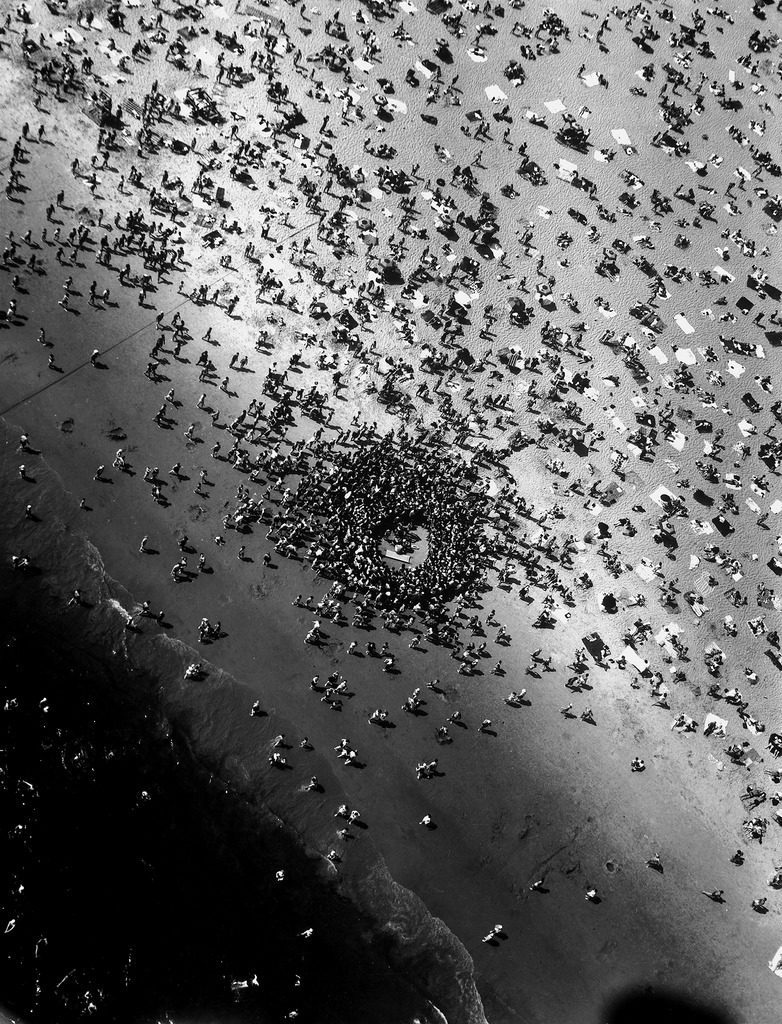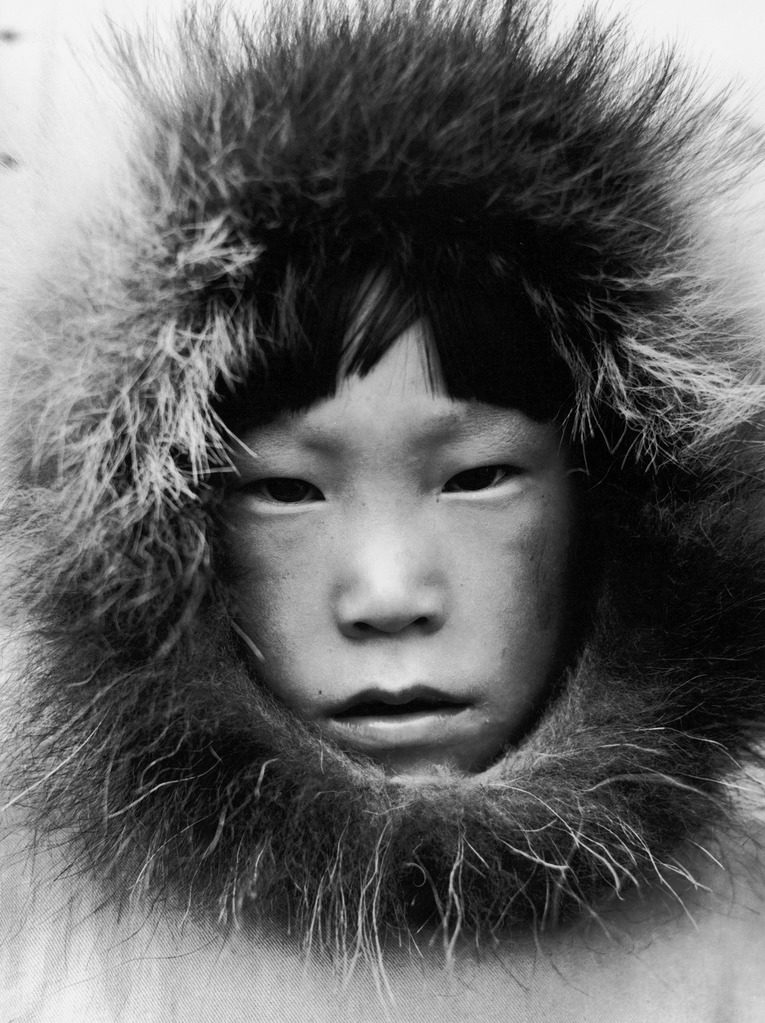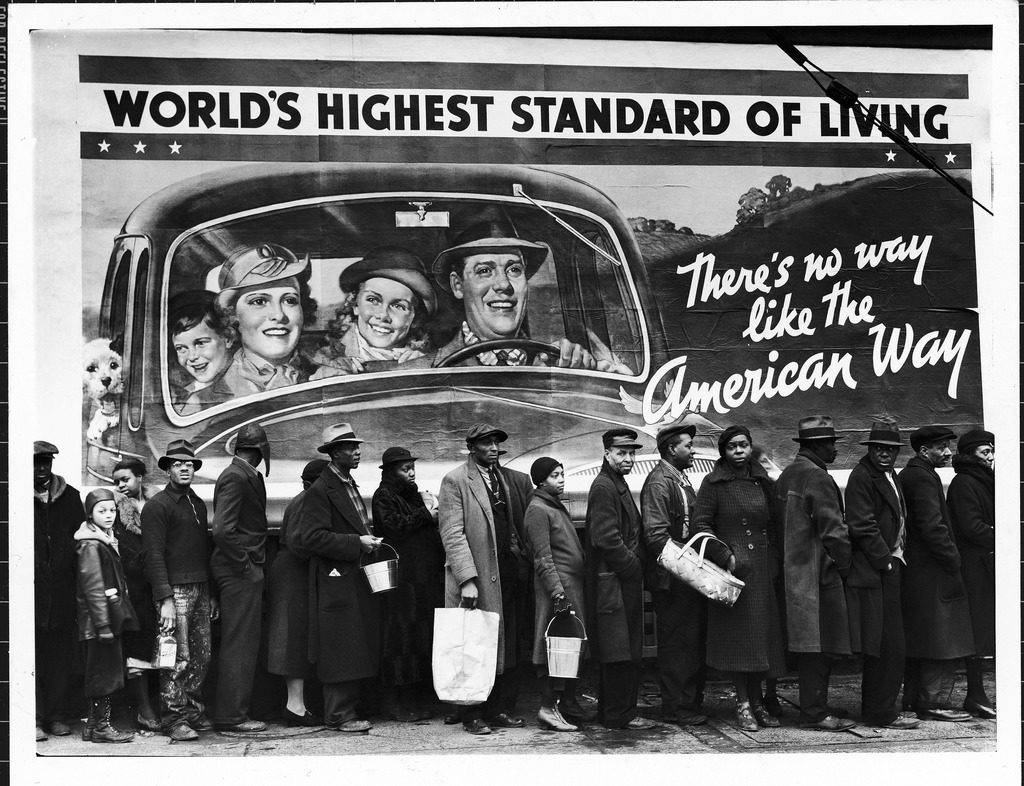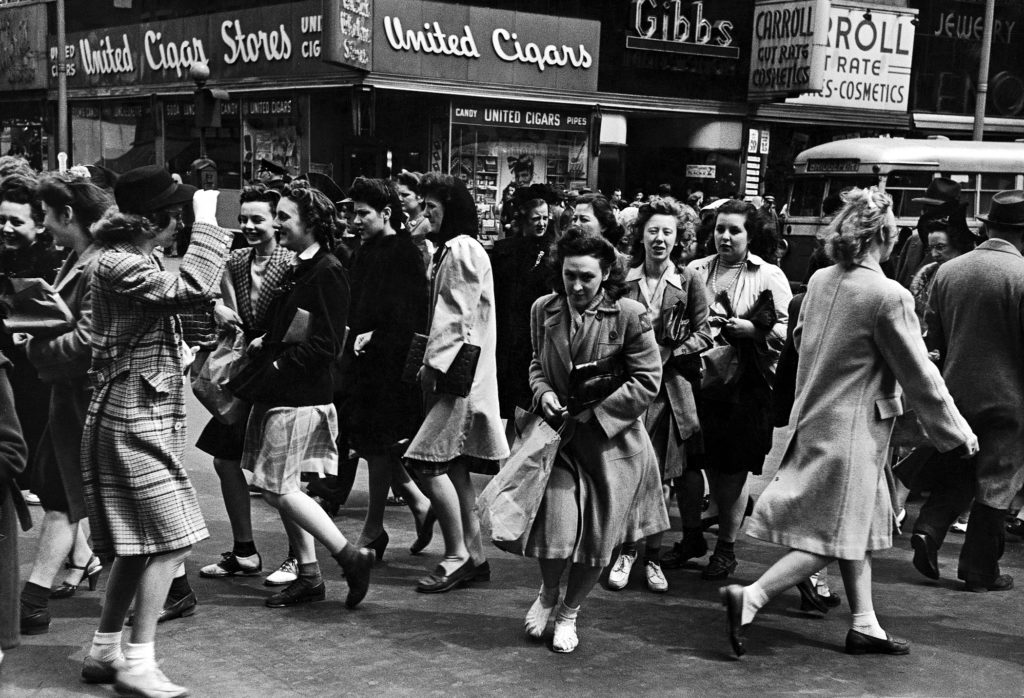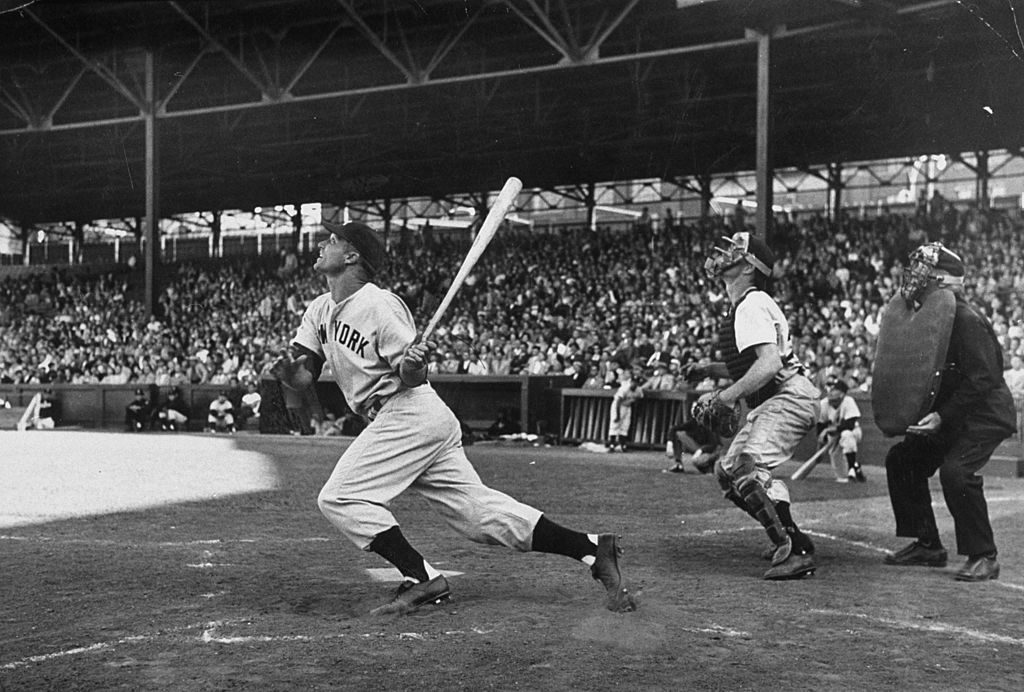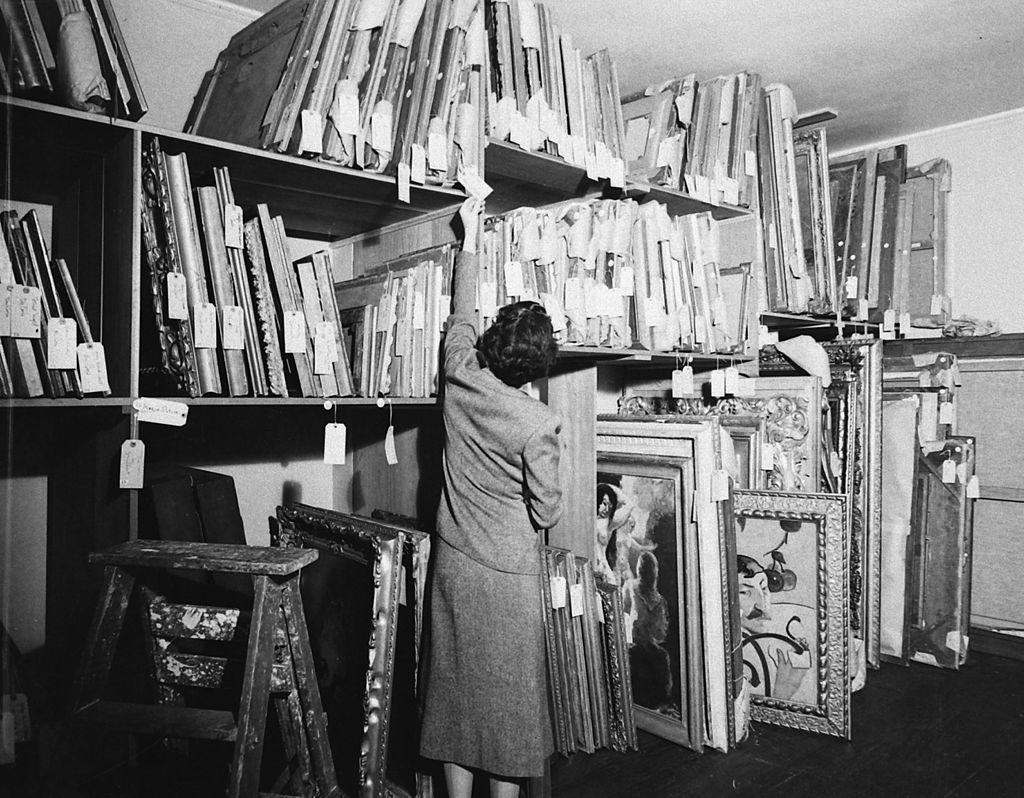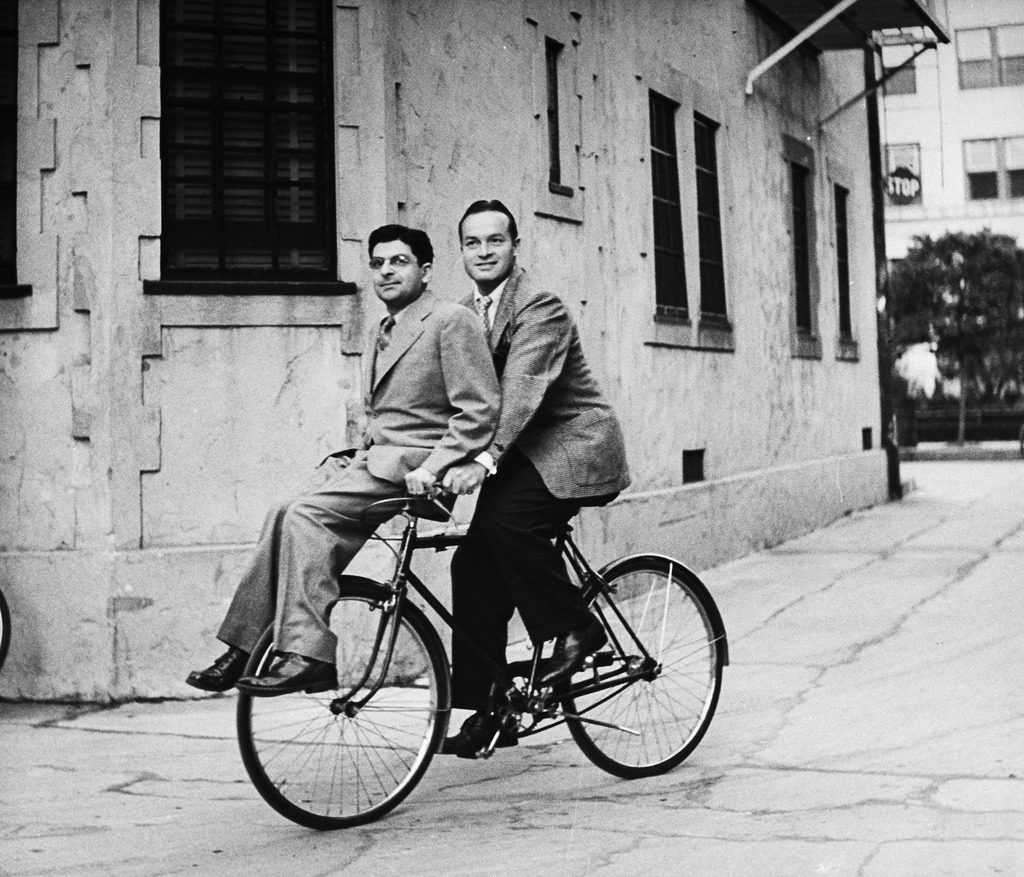
Margaret Bourke-White with camera (Photo by Margaret Bourke-White/The LIFE Picture Collection)
“Photography is a very subtle thing. You must let the camera take you by the hand, as it were, and lead you into your subject.” Margaret Bourke-White (1904-1971) led the rest of us by the hand on many occasions. In 1929 she did the lead story for the first issue of Fortune, and the next year was the first Western photographer allowed into the Soviet Union. In 1936 she collaborated with future husband Erskine Caldwell on a book documenting the rural poor of the South, You Have Seen Their Faces. Later that year she became—along with Alfred Eisenstaedt, Thomas McAvoy, and Peter Stackpole—one of the four original LIFE photographers, and had the cover shot for the very first issue.

The first LIFE magazine cover, published November 23, 1936. Featuring Ft. Peck Dam in Montana. (Photo by Margaret Bourke-White/The LIFE Picture Collection © Meredith Corporation)
She was America’s first accredited woman photographer in WWII, and the first authorized to fly on a combat mission. She was one of the first to depict the death camps, and later became the last person to interview Gandhi, six hours before he was slain. Her hundreds of thousands of photographs are about adventure, sensitivity, composition, and courage.
—Adapted from The Great LIFE Photographers

Birdseye view of near drowning victim Mary Eschner, who is reviving in the center of the crowd, at Coney Island. (Photo by Margaret Bourke-White/The LIFE Picture Collection © Meredith Corporation)

Closeup portrait of an Eskimo child in Tuktoyaktuk, Canada. (Photo by Margaret Bourke-White/The LIFE Picture Collection © Meredith Corporation)

African American flood victims lined up to get food and clothing from a Red Cross relief station in front of an ironic billboard extolling, “World’s highest standard of living/ there’s no way like the American way.” (Photo by Margaret Bourke-White/The LIFE Picture Collection © Meredith Corporation)

